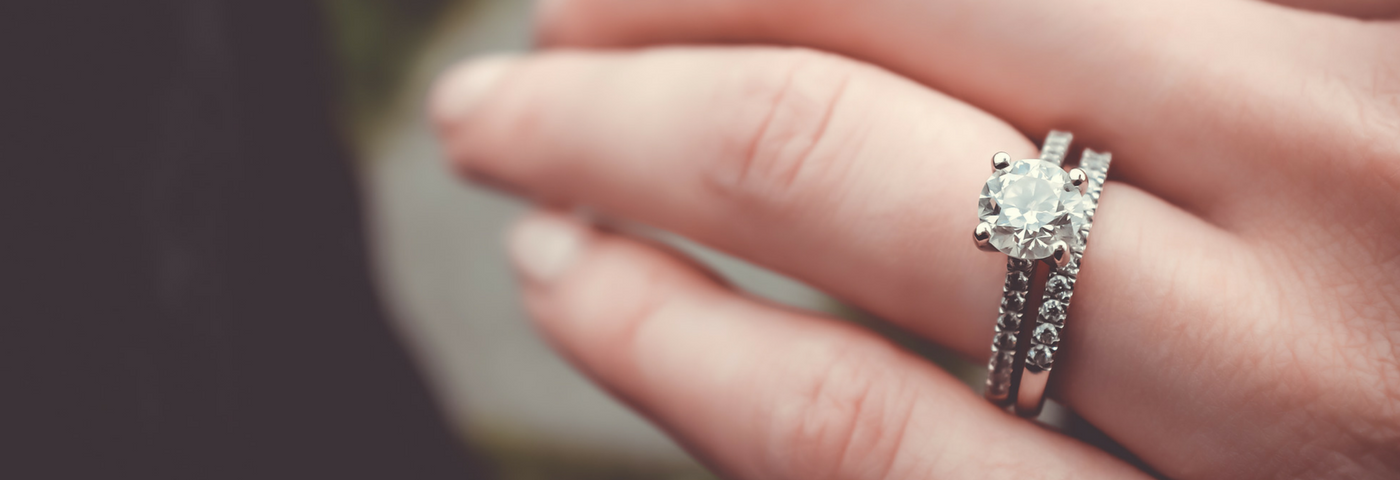Global turnover is set to grow in synthetic, or lab-grown, diamonds but any major breakthrough in market share versus natural diamonds will hinge on the success of marketing.
A Morgan Stanley study last year estimated the global wholesale market in synthetic diamonds (polished) at between USD$100-300 million, but it is difficult to gather accurate data due to a lack of industry figures.
Read more: Trump Era Brings Spark Back to Gold Investments
It is hard to forecast sales in synthetics, but many jewellery trade leaders believe that turnover is set for a sustained growth path in coming years, due to the sharp discount of synthetic to natural diamond prices. But they add that synthetics are unlikely to replace the market dominance currently held by natural diamonds.
Generic marketing of natural diamonds faces stiff challenges. The Diamond Producers Association (DPA), backed by miners, has made a strong start to modernising the marketing of natural diamonds, but its budget has been very tight.
Studies show that millennial consumers will be a tough diamond market to capture, as marriage rates are falling, and alternative luxury, from technology to exotic travel, competes fiercely with gems and jewellery.
One of the biggest worries in the global diamond trade is about a practice of mixing non-disclosed synthetics with natural melee in parcels.
Read more: What Do Customers Look for in Luxury Brands in 2017?
No one knows how widespread this is, but industry leaders agree that the only response is stiffer penalties against such fraudulent acts, possibly including jail time, and the increased use of detection machines.
Fear that non-disclosed synthetics could show up in high-end jewellery and watches is driving brands to invest more in the use of detection machinery, raising costs and potentially prices of branded diamond jewellery and watches.
Some diamond industry insiders believe that the discounted price of synthetics to naturals will need to rise further in order to trigger more demand for synthetics. However, this could discourage retailers from stocking synthetics as they will secure much higher margins from sales of natural diamonds.
Retailers in the UK have so far been reluctant to stock synthetic diamonds, because they are afraid synthetics could get mixed up with natural diamonds, trade sources say. However, this would be unlikely in practice, especially considering that retailers are already selling non-precious stones side-by-side with natural diamonds.
“It is fear of anything new,” said Willie Hamilton, chief executive of the Company of Master Jewellers (CMJ), speaking at the March 5-6 CMJ Trade Event in Birmingham.
Read more: Gold prices risk downside in 2017, but inflation fears, haven status will cushion
Hamilton said the CMJ is fully supportive of synthetic diamonds as long as the product is clearly identified and disclosed. Ultimately, the extent of the success of synthetics in the market will depend on how effectively the ‘story’ is told.
If synthetics are marketed well, the marketing response from the natural diamond industry is likely to be that much more vigorous. So far, however, marketing of synthetics has been remarkably low key.
At present, on the natural diamond side, the DPA appeals strongly to the emotions with its ‘Real is Rare’ campaign, while synthetics marketing is more about the use of technology to create a diamond in a lab, and cheaper price.
Self-purchase of synthetic white diamonds will be a strong market segment, as consumers will be attracted by the discount to natural gems, while synthetic colour diamonds will reach a much wider market than natural colour diamonds.
Read more: What Will Be the Key Drivers of Gold in 2017?
Overall, it appears that a concerted marketing effort will be required from synthetic diamond manufacturers and brands to shape the image of these man-made commodities in the eyes of consumers. We look forward to seeing who will take up this challenge.
We’re #withyou to support your business goals. Speak to the team at International Jewellery London to find out more.


Nicely presented blog, David. Well done!
Fantastic write-up! I very much agree that the marketing of synthetic diamonds has been a bit more low-key. For many, a real diamond is the only diamond. Although, we are seeing emerging interests from millennials who are seeking “ethical” alternatives to mined diamonds.